Edilkamin BENCH 54 Bruksanvisning
Läs gratis den bruksanvisning för Edilkamin BENCH 54 (44 sidor) i kategorin Ugn. Guiden har ansetts hjälpsam av 21 personer och har ett genomsnittsbetyg på 4.4 stjärnor baserat på 11 recensioner. Har du en fråga om Edilkamin BENCH 54 eller vill du ställa frågor till andra användare av produkten? Ställ en fråga
Sida 1/44

BENCH 54
BENCH 65
MANUAL
installation use maintenance
for all updates visit www.edilkamin.com
Produktspecifikationer
| Varumärke: | Edilkamin |
| Kategori: | Ugn |
| Modell: | BENCH 54 |
Behöver du hjälp?
Om du behöver hjälp med Edilkamin BENCH 54 ställ en fråga nedan och andra användare kommer att svara dig
Ugn Edilkamin Manualer
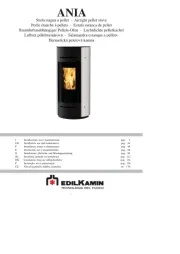
28 September 2025
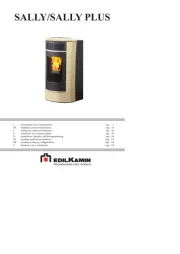
27 September 2025
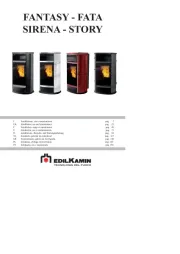
27 September 2025
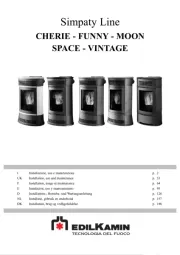
27 September 2025
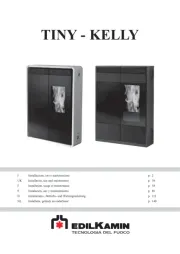
27 September 2025
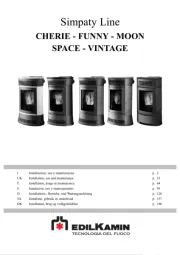
26 September 2025
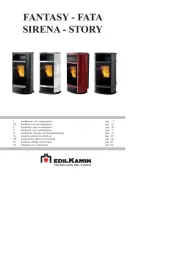
26 September 2025
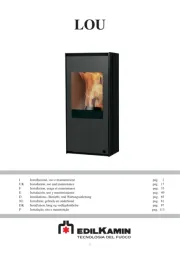
26 September 2025
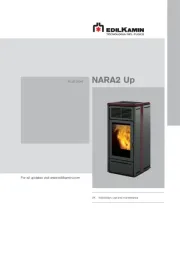
26 September 2025
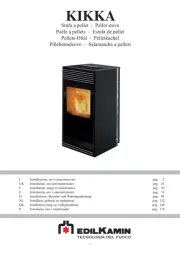
26 September 2025
Ugn Manualer
- Imperial
- Emilia
- Buschbeck
- Pit Boss
- Kelvinator
- Altus
- Hamilton Beach
- Electroline
- Vollrath
- Zanker
- Bifinett
- Cadac
- Caso
- Nestor Martin-Electrolux
- Create
Nyaste Ugn Manualer
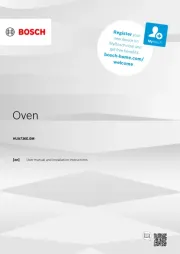
21 Oktober 2025
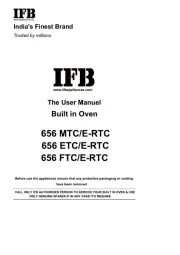
20 Oktober 2025
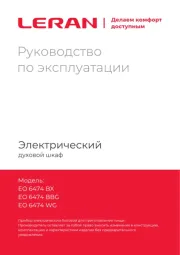
20 Oktober 2025
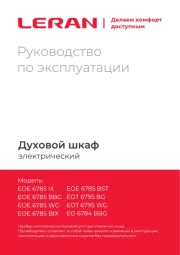
20 Oktober 2025
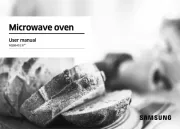
19 Oktober 2025
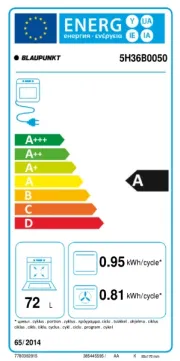
19 Oktober 2025
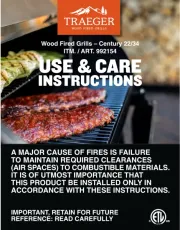
18 Oktober 2025
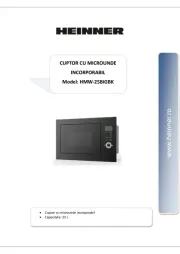
18 Oktober 2025
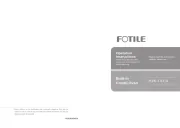
18 Oktober 2025
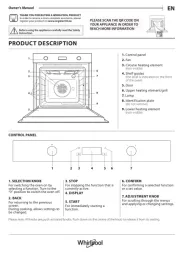
17 Oktober 2025